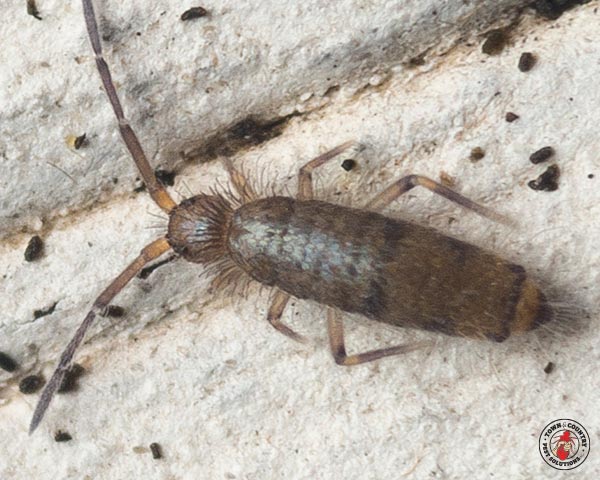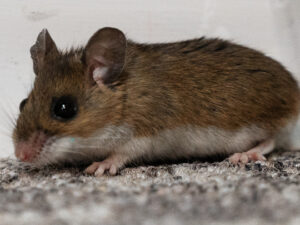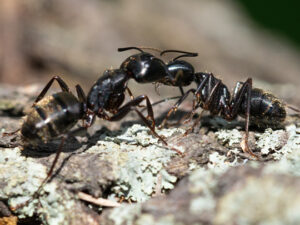
What Is A Springtail?
Springtails, also known as snow fleas, ruin one of the greatest parts of winter – no bugs. As ticks, wasps, mosquitoes and flies have all but disappeared, springtails will be hoping around in the snow. They are small hexapods that use a certain protein in order to survive in harsh temperatures. They are also not really fleas, despite the name, which comes from the way they travel, which is through jumping from place to place. This jumping action is much more visible during snowy days, due to their dark colorationl.
Where are springtails found?
Springtails can withstand almost any type of climate, which means that they can be found all over the US. However, they prefer very moist conditions such as those found in decaying logs or damp soil. During the winter, springtails will be outside in large numbers, especially if the weather is sunny. They prefer to gather near the stem of plants where the snow has melted. If they are on top of a fresh layer of snow, it will often appear as if the snow was sprinkled with ashes or pepper flakes. In the summertime, springtails will gather in moist areas such as AC drain lines and pools.
The life cycle of a springtail
Springtails are known to reproduce quickly and reach adulthood within six weeks. Adult male springtails will leave packets of sperm cells in the soil, which are then picked up by females while they lay eggs. The eggs will then take anywhere from five to ten days in order to hatch. Once hatched, the nymphs very much resemble the adults, and this phase is divided into several stages through which the young springtail molts and becomes larger. When outdoors, a springtail will usually survive a full season and reproduce several times, and inside they can live for up to a year.
Are springtails dangerous to humans?
Springtails are not really dangerous to humans. In fact, they are a beneficial arthropod because they eat decaying organic matter aiding in the process of decomposition. However, they can be an annoying presence inside the home. They do not pose any health hazard to either housepets or humans, because they do not transmit diseases.
How do you prevent a Springtail infestation?
A springtail infestation may indicate that there is a moisture problem inside the home, probably along the lines of a leaky pipe. This should be addressed immediately, because moisture intrusion will usually lead to damage, mold, and much more dangerous pests infesting your property.
Do you have a Springtail infestation on your property?
Springtails are more of a nuisance than a pest. They rarely cause any damage, and in some cases they can be beneficial for certain crops. However, they are not pleasant to have inside the home, and if you have an infestation near your pool, you are likely to have their dead bodies sprinkled on the water. If you currently have a springtail infestation, an exterminator can help you get rid of it quickly and efficiently.












